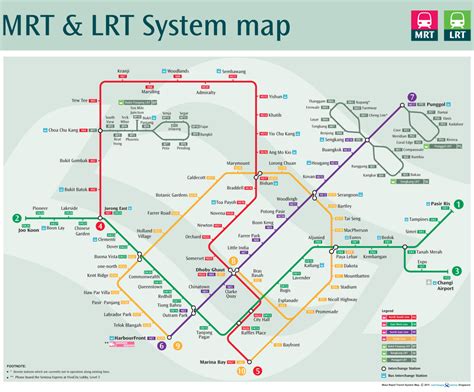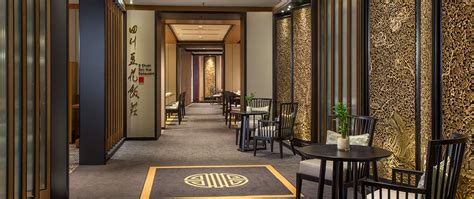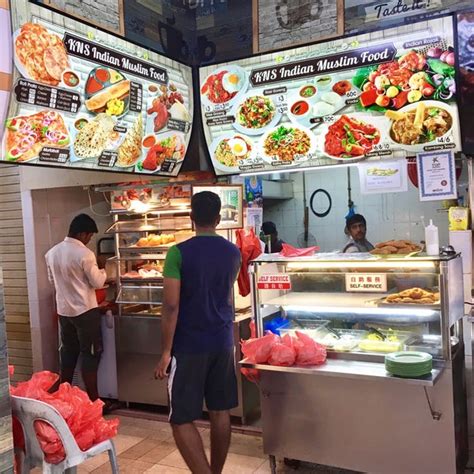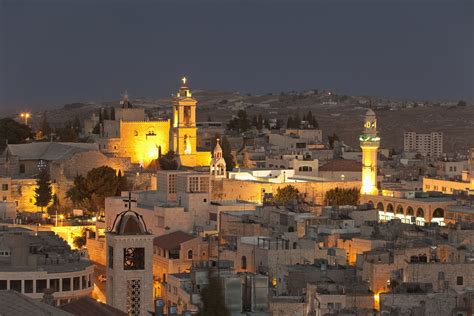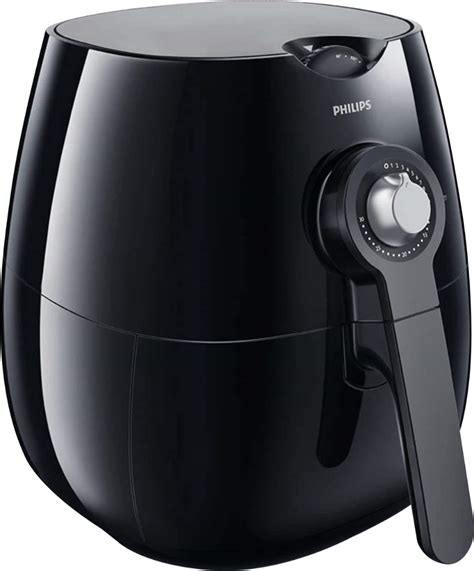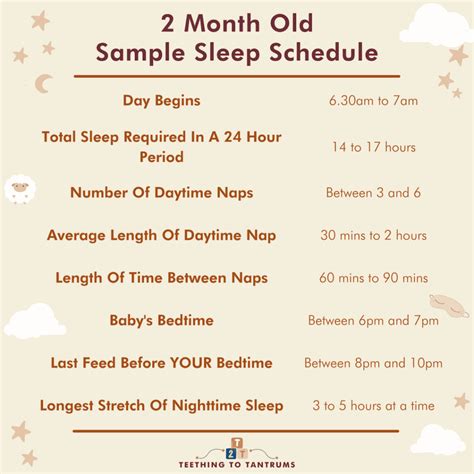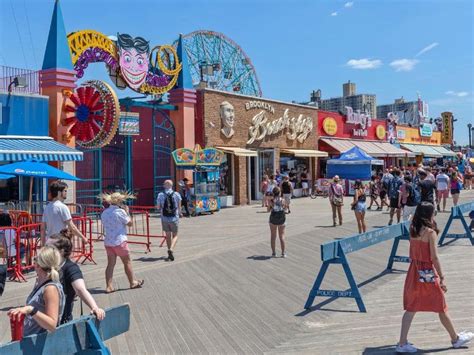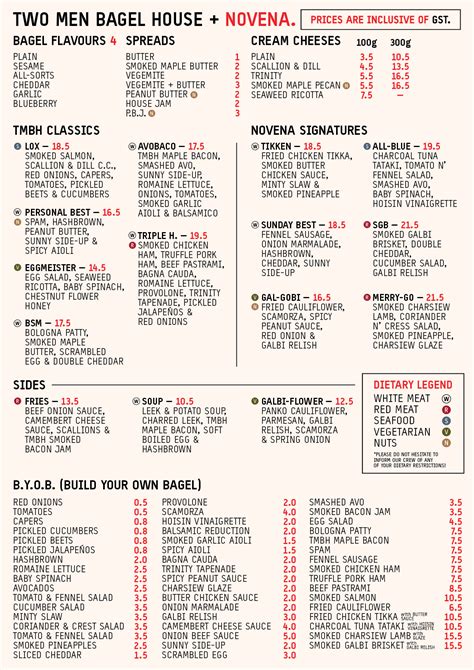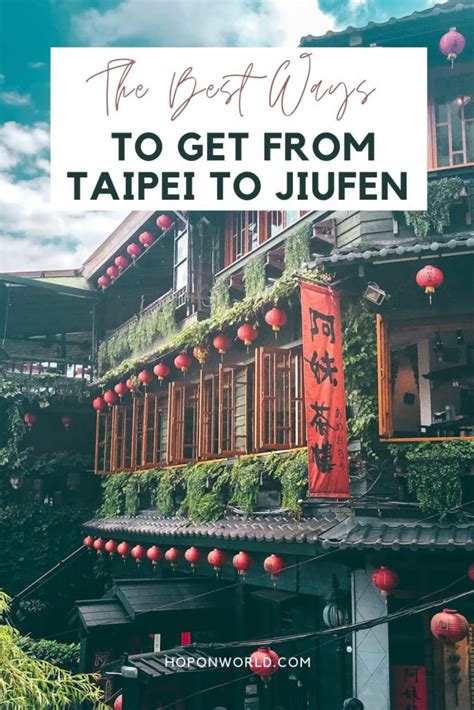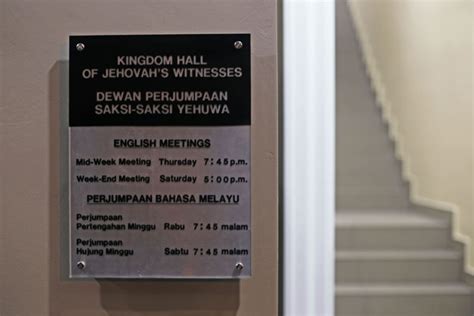Singapore’s Mass Rapid Transit (MRT) system is a modern, efficient, and extensive public transportation network that plays a crucial role in the daily lives of Singaporeans and visitors alike. With its vast network of lines and stations, the MRT provides seamless connectivity to various parts of the city-state, making it a convenient and affordable way to explore Singapore.

In this comprehensive guide, we delve into the intricate details of the Singapore MRT system, exploring the number of MRT lines, their respective routes, key stations, and future expansion plans.
How Many MRT Lines in Singapore?
As of March 2023, Singapore boasts an impressive 6 operating MRT lines, catering to the diverse travel needs of its commuters. These lines are:
- North-South Line (NSL)
- East-West Line (EWL)
- Circle Line (CCL)
- North-East Line (NEL)
- Downtown Line (DTL)
- Thomson-East Coast Line (TEL)
Line Characteristics:
| MRT Line | Number of Stations | Length (km) | Color |
|---|---|---|---|
| North-South Line | 27 | 45.0 | Red |
| East-West Line | 35 | 57.2 | Green |
| Circle Line | 30 | 35.7 | Orange |
| North-East Line | 16 | 20.2 | Purple |
| Downtown Line | 34 | 43.0 | Blue |
| Thomson-East Coast Line | 32 | 43.2 | Brown |
MRT Lines and Their Routes
Each MRT line serves a specific corridor or region of Singapore, connecting key residential, commercial, and industrial areas. Here’s a brief overview of the routes of each line:
North-South Line (NSL): The NSL is the oldest and most extensive MRT line in Singapore, running from Jurong East in the west to Marina South Pier in the south. It passes through the city center and key interchange stations like City Hall, Raffles Place, and Bugis.
East-West Line (EWL): The EWL forms a crucial east-west corridor, connecting Pasir Ris in the east to Tuas Link in the west. It serves popular areas like Changi Airport, Expo, and Bugis, and intersects with the NSL at several interchange stations.
Circle Line (CCL): The CCL is a circular line that encircles the city center, providing convenient connections to the other MRT lines. It passes through major hubs like Dhoby Ghaut, Bayfront, and Promenade, offering easy access to key landmarks and attractions.
North-East Line (NEL): The NEL runs from HarbourFront in the southwest to Punggol in the northeast. It serves key areas like Outram Park, Serangoon, and Buangkok, and provides a direct connection to Changi Airport via the Changi Airport Branch Line.
Downtown Line (DTL): The DTL is a relatively new line that runs from Bukit Panjang in the west to Expo in the east. It serves densely populated areas like Bugis, Marina Bay, and Chinatown, providing efficient connections to the city center and key business districts.
Thomson-East Coast Line (TEL): The TEL is the newest MRT line in Singapore, running from Woodlands North in the north to Gardens by the Bay in the south. It serves key areas like Ang Mo Kio, Orchard, and Marina Bay, and provides direct connections to major shopping malls and tourist destinations.
Key MRT Interchange Stations
Interchange stations play a crucial role in the MRT network, allowing commuters to transfer between different lines and reach their destinations efficiently. Here are some of the key interchange stations in Singapore:
- City Hall: NSL, EWL
- Raffles Place: NSL, EWL
- Dhoby Ghaut: CCL, NEL, NSL
- Bayfront: CCL, DTL
- Marina Bay: DTL, TEL
- Bugis: EWL, DTL
- Serangoon: NEL, CCL
Tips and Tricks for Using the MRT in Singapore
- Plan your journey: Utilize the SMRT Journey Planner app or website to plan your route and check train timings.
- Consider using EZ-Link cards: These prepaid cards offer convenience and savings on MRT fares.
- Avoid peak hours: Commuting during non-peak hours (off-peak or late night) can help you avoid crowds.
- Utilize feeder bus services: Buses connect MRT stations to nearby residential areas, providing seamless connectivity.
- Take advantage of Park-and-Ride facilities: These parking lots allow commuters to park their vehicles and take the MRT into the city center.
- Follow safety guidelines: Always follow safety instructions, watch for gaps, and be aware of your surroundings.
Future Expansion Plans
Singapore’s MRT system is constantly evolving and expanding to meet the growing transportation needs of the city. Here are some notable upcoming MRT projects:
- Jurong Region Line (JRL): Scheduled to open in 2029, the JRL will connect Boon Lay to Choa Chu Kang, Jurong East, and Pandan Reservoir.
- Cross Island Line (CRL): The CRL, expected to be completed by 2030, will provide a direct east-west connection from Changi Airport to Jurong Industrial Estate.
- Thomson-East Coast Line (TEL) Phase 2: The TEL will be extended to the northern part of Singapore, with new stations at Woodlands, Admiralty, and Springleaf.
- Circle Line Phase 6: This extension will complete the Circle Line loop, providing additional connectivity to areas like HarbourFront and Pasir Panjang.
Benefits of Using the Singapore MRT
The Singapore MRT offers numerous benefits to its users, including:
- Convenience: The MRT provides a fast, reliable, and efficient mode of transportation, reducing travel time and congestion.
- Affordability: MRT fares are relatively affordable, especially when using EZ-Link cards.
- Accessibility: The MRT network is extensive, reaching most parts of Singapore, making it convenient for commuters.
- Reliability: The MRT system operates with high punctuality and efficiency, ensuring timely arrivals and departures.
- Comfort: MRT trains are air-conditioned, spacious, and well-maintained, providing a comfortable travel experience.
Conclusion
Singapore’s MRT system is a world-class public transportation network that plays a vital role in the city’s economy, society, and environment. With its six operating lines and plans for further expansion, the MRT provides convenient, affordable, and reliable connectivity to Singaporeans and visitors alike. By understanding the number of MRT lines, their routes, key interchange stations, and future plans, you can make the most of this excellent transportation system and explore Singapore with ease.


